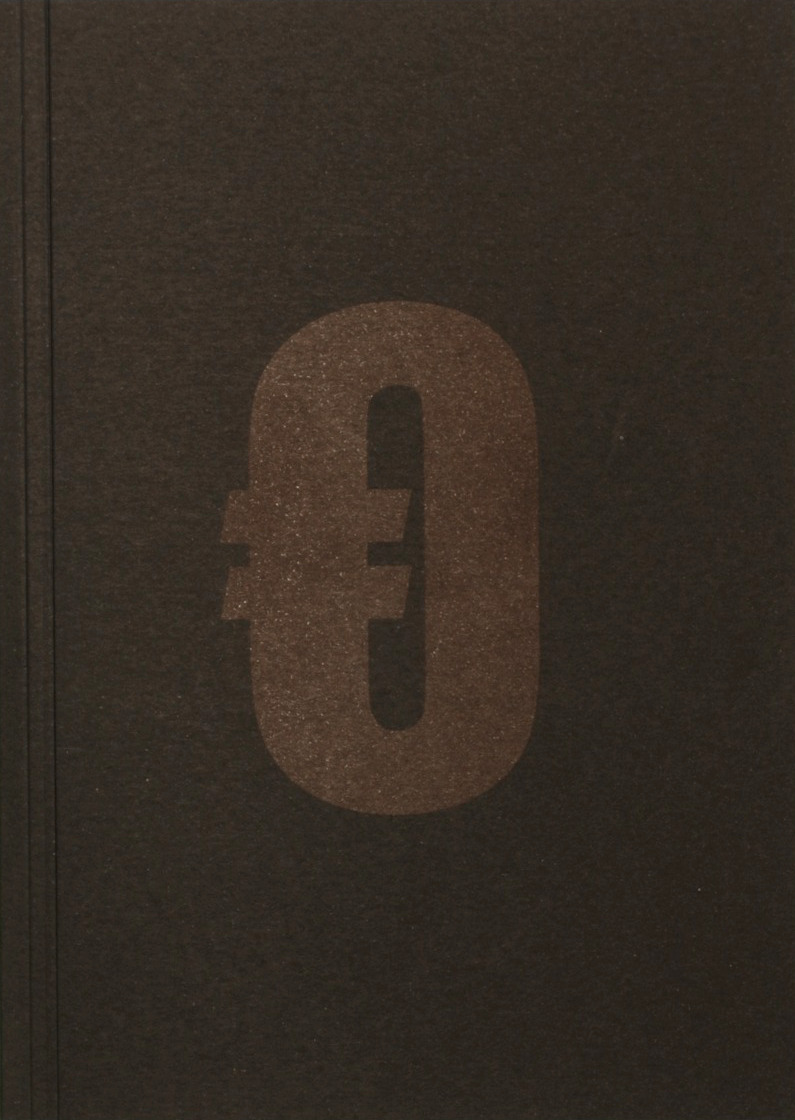Lawrence H. White: The Clash of Economic Ideas: The Great Policy Debates and Experiments of the Last Hundred Years (2012)
Filed under book | Tags: · business, economics, economy, history, liberalism, market, money, production

The Clash of Economic Ideas interweaves the economic history of the last hundred years with the history of economic doctrines to understand how contrasting economic ideas have originated and developed over time to take their present forms. It traces the connections running from historical events to debates among economists, and from the ideas of academic writers to major experiments in economic policy. The treatment offers fresh perspectives on laissez faire, socialism and fascism; the Roaring Twenties, business cycle theories and the Great Depression; Institutionalism and the New Deal; the Keynesian Revolution; and war, nationalization and central planning. After 1945, the work explores the postwar revival of invisible-hand ideas; economic development and growth, with special attention to contrasting policies and thought in Germany and India; the gold standard, the interwar gold-exchange standard, the postwar Bretton Woods system and the Great Inflation; public goods and public choice; free trade versus protectionism; and finally fiscal policy and public debt.
Publisher Cambridge University Press, 2012
ISBN 1107012422, 9781107012424
440 pages
discussion with the author (with Russ Roberts, EconTalk)
review (Alberto Mingardi, The Washington Times)
Georgios Papadopoulos: Notes towards a Critique of Money (2011)
Filed under book | Tags: · critique, desire, economy, market, money, neoliberalism, value

The analysis in Notes towards a Critique of Money highlights the functions of money both in the organization of the capitalist symbolic order and in the constitution of subjectivity in the market.
Combining Lacanian psychoanalysis and Baudrillardian structuralism, the book creates a universe where price and sign are entangled, giving rise to the dominant organizing form of capitalism. The fantasmatic management of desire enforces this structural principle on the subjective level and encourages the libidinal investment in the dominant representations of social reality as they are produced by the combined principles of signification and economic valuation. Here, money signifies the particular content that hegemonizes the universal ideological construction of capitalism providing a particular and accessible meaning to economic value, which colours the very universality of the system of prices and accounts for its efficiency.
Being conscious of the limitations of the theoretical analysis, the book employs along with rational arguments a series of artworks that are used both to illustrate the argument and to challenge the unconscious links between the market and the subject, as it is mediated by money and ideology. Notes towards a Critique of Money does not only aspire to raise a theoretical challenge against capital and to open up possibilities of emancipation, but to point towards a new aesthetic of political analysis.
Contributing artists: Société Realiste, Yuko Kamei, Nikos Arvanitis, Zachary Formwalt, Jean-Baptiste Maitre, Valentin Ruhry, Kay Walkowiak, Shogo Matsushiro, Axel Loytved, Post Tenebras Luxe / Donatella Bernardi, Hervé Graumann, Hadrien Dussoix, Wolfgang Fütterer, No Wonder.
Afterword by Yannis Stavrakakis
Published by Jan van Eyck Academie, Maastricht, NL
Creative Commons BY-NC-ND 3.0 Unported License
ISBN 9789072076649
142 pages
PDF
View online (Scribd.com)
Donald MacKenzie: An Engine, Not a Camera: How Financial Models Shape Markets (2006)
Filed under book | Tags: · economics, finance, market

In An Engine, Not a Camera, Donald MacKenzie argues that the emergence of modern economic theories of finance affected financial markets in fundamental ways. These new, Nobel Prize-winning theories, based on elegant mathematical models of markets, were not simply external analyses but intrinsic parts of economic processes.
Paraphrasing Milton Friedman, MacKenzie says that economic models are an engine of inquiry rather than a camera to reproduce empirical facts. More than that, the emergence of an authoritative theory of financial markets altered those markets fundamentally. For example, in 1970, there was almost no trading in financial derivatives such as “futures.” By June of 2004, derivatives contracts totaling $273 trillion were outstanding worldwide. MacKenzie suggests that this growth could never have happened without the development of theories that gave derivatives legitimacy and explained their complexities.
MacKenzie examines the role played by finance theory in the two most serious crises to hit the world’s financial markets in recent years: the stock market crash of 1987 and the market turmoil that engulfed the hedge fund Long-Term Capital Management in 1998. He also looks at finance theory that is somewhat beyond the mainstream—chaos theorist Benoit Mandelbrot’s model of “wild” randomness. MacKenzie’s pioneering work in the social studies of finance will interest anyone who wants to understand how America’s financial markets have grown into their current form.
Publisher MIT Press, 2006
Inside Technology series
ISBN 0262134608, 9780262134606
377 pages

